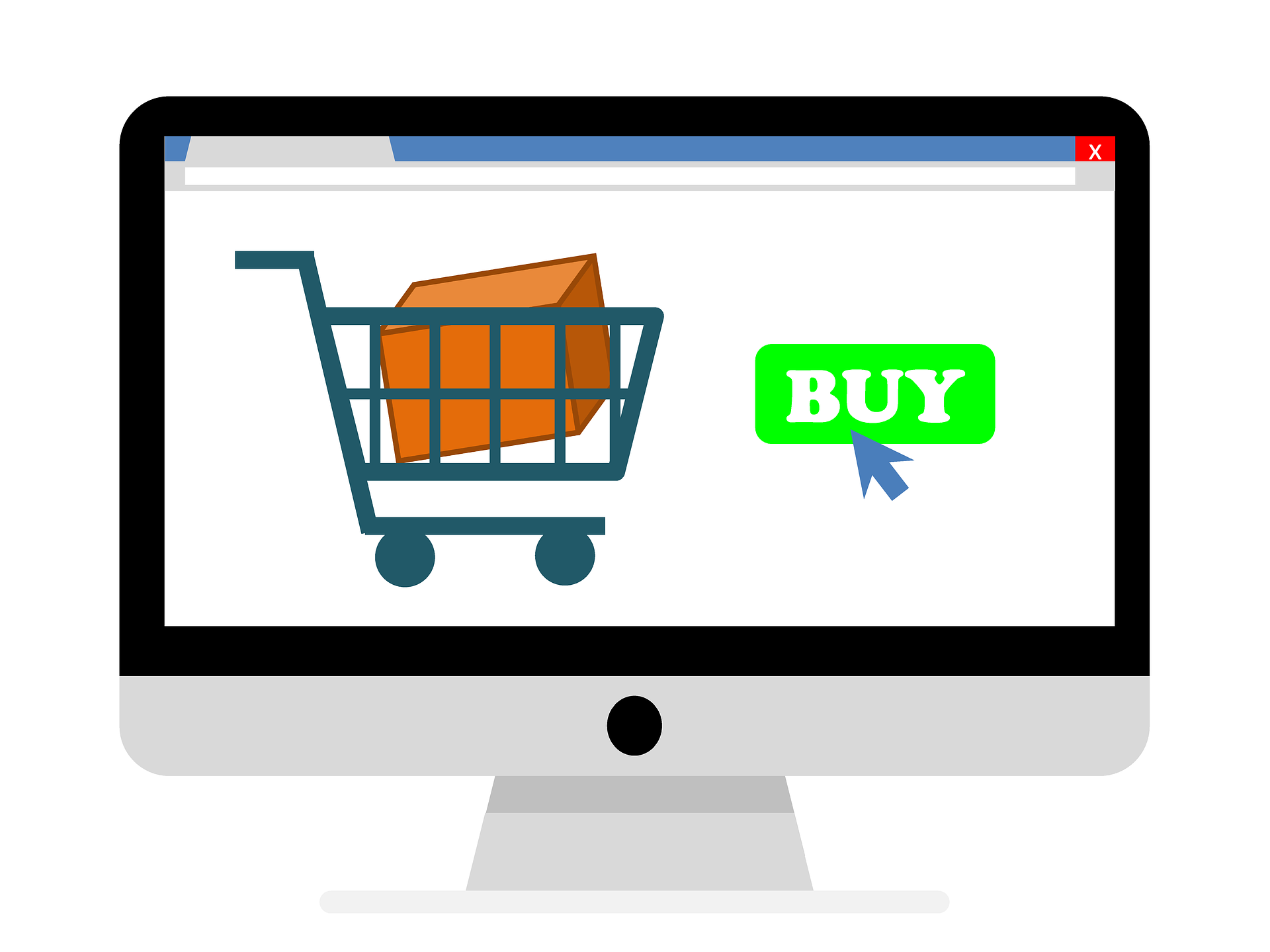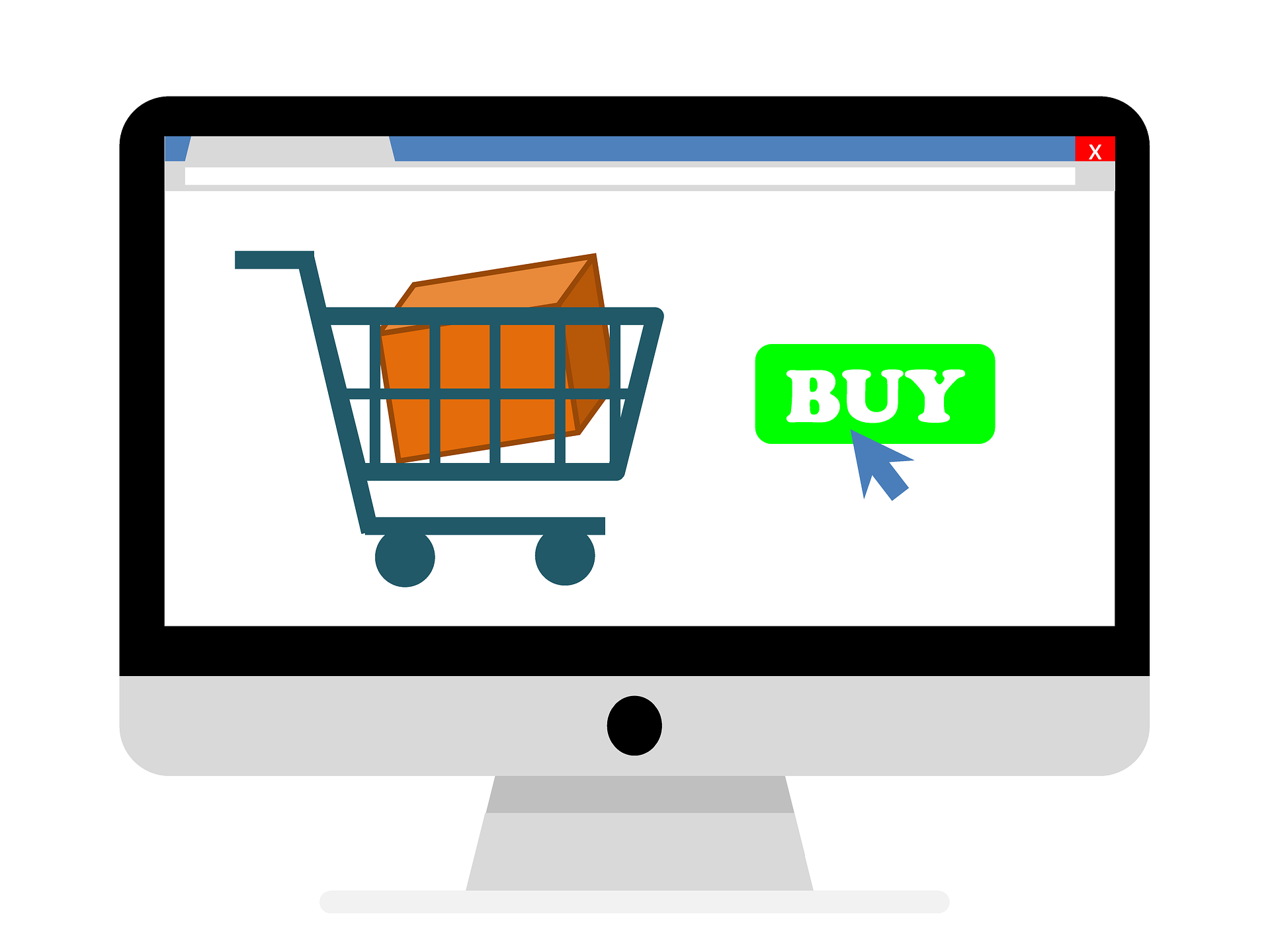In the world of e-commerce, there are many practices, concepts, and techniques that can help you boost your revenue and enjoy some extra profits. One of the least mentioned category of mistakes in this manner – and yet one of the most important – focus on the mistakes related to the assortment.
In other words, these mistakes include all the wrong moves that e-commerce store owners are making during the buying process. The real trouble of these mistakes is the fact that many are unaware of their real cost.
This is why we have decided to guide our readers in on the dangers of improper assortment planning – and how it can be fixed. The key, as you will notice in the sections below, is to optimize the process of buying inventory and therefore match the customer demand in a perfectly precise way.
Mistake #1: Using Excel to Track Your Buying Process:
One of the biggest mistakes that e-commerce owners make is the use of Microsoft Excel as a way to track their buying. Even though this seems as a logical way to organize your buying process, spreadsheets are generally a bad way to organize your information.
Speaking of, anything that contains information in categories (added manually) has to be automated. In times when e-commerce owners are experiencing a magnitude of orders online, adding buys manually is time consuming – which is why it needs to be automated.
Mistake #2: Improper Arrangement of Clusters:
Clusters are the next mistake we are focusing on, and one that is tremendously big nowadays. The main way in which e-commerce managers are making it is by assigning every store to a single cluster – which needs to be reorganized.
More importantly, products need to be clustered at a product class level, and use the information in quantities (before the assortments are bought). By doing this, you can link the buying process to the actual allocation and eliminate problems before it’s too late.
Mistake #3: Inter-Store Inventory Balancing:
If you ever caught yourself in a situation where you are losing sales in on store due to your lack of stock for a particular item, you are probably having the same product sitting and collecting dust on the shelves of another store (if you manage more than one store).
At this point, the best way to solve this problem is by a simple trick – which does not involve the purchase of new inventory or the elimination of the inventory in one store so that it can be moved to another.
Alternatively, you should use a smart predictive analysis engine and a tool that is known as “Inter-Store Inventory Balancing” to analyze every single influencing factor of your retail supply chain. As an advanced form of analytics, a tool like this will recommend the optimal inter-store transfer schedule so that you move merchandise from one store to another (from low to high demand).
Mistake #4: Going Big (Instead of Going Custom):
A lot of multi-channel retailers are nowadays focused on the “best rated” programs and solutions for optimizing their assortment planning. And while in most of the cases programs like these are built to last and cover as many aspects of product assortment as possible, they usually lack the functions that are needed in specific situations.
For example, these programs often fail to calculate hundreds of algorithms on the kind of Big Data that today’s omni-channel retail products are able to churn out on a daily basis. Therefore, the general conclusion that we can all take from this mistake is to properly analyze your needs and implement a solution to analytics that works for you as you scale your business, is end-to-end integrated and coordinated between your merchandising and marketing.
Final Words:
At the end of the day, we all must accept the fact that mistakes linked to product assortment happen all of the time – and there is no harm in admitting that.
As a retail expert, however, you should always be able to know how to fix them. Your assortment needs to be consistent, scalable, matching your needs and optimized for your specific customers.
This is what proper assortment planning is all about. Ultimately, it is what will help you determine how much of your merchandise should be placed on your shelf. The end result of proper planning goes a long way – mostly resulting in increased sales and improved customer satisfaction.
Read Also:






















